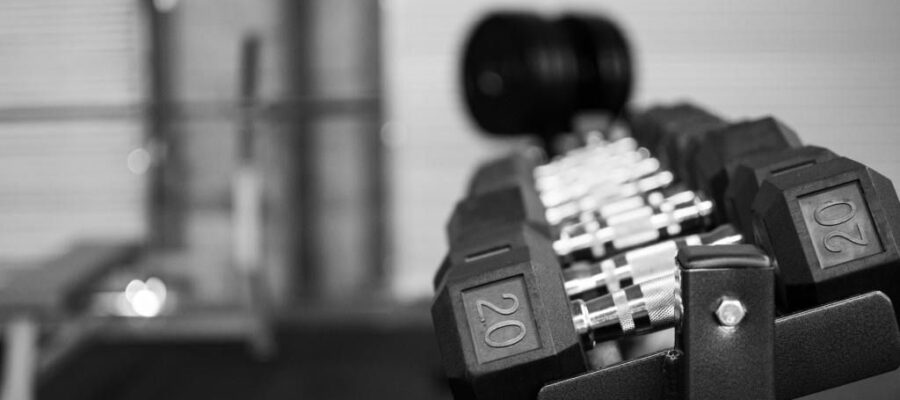Cellular respiration is a phase you’ve heard multiple times now within the scope of these two articles, and it’s within this fundamental cellular function that the entirety of BFR’s results is based. A long-heard biology meme is “the mitochondria is the powerhouse of the cell.” What I’ll be specifically addressing are the two ways in which our muscle cells generate energy. Aerobically, meaning with oxygen, our cells utilize a more complex but higher yielding system known as the Krebs’ Cycle within mitochondria. When our cells are unable to utilize oxygen, meaning that there is a higher demand for oxygen than there is oxygen available, our cells utilize fermentation. This takes place in the cell’s cytoplasm with glucose, and the waste from that reaction is lactic acid; it’s what gives you “the burn” during lifting, training, or working.
Ordinarily, lactic acid is carried away though your bloodstream to be filtered out by your kidneys. The application of the BFR straps is preventing that though, so the build up of lactic acid in the arm or leg being worked occurs much quicker and in higher concentrations. In my previous article, I mentioned how the lactic acid buildup triggers the activation of your type-2 muscle fibers. These fibers are anaerobic and are responsible for your high-intensity exercise; sprinting, agility work, grappling, striking, and certainly lifting. Utilizing occlusion training, the lifter can very quickly activate the type 2 fibers by creating the buildup of lactic acid with a much lower weight. For those currently rehabbing injuries, it means you’re able to achieve strenuous exercise with significantly less wear on joints. It’s that increased type-2 activation and the accumulation of lactic acid that triggers your pituitary gland to produce more growth hormone, also known as GH or HGH.
A 2020 study showed a “significant increase” in GH levels in participants following exercise utilizing BFR training, which supports a 2000 study which showed a 290x increase in GH levels vs found at rest. Far beyond the known muscular enhancements associated with increased growth hormone levels, GH stimulates organ health and recovery, improves bone density, improves your metabolism and increases fat loss, and much more.
I’ll end this article by saying that BFR training has been a great addition to my workouts. Has it, or will it, replace my heavy sets? No, it will not. I’m not chasing personal records the way I used to but locking out a heavy set just can’t be replicated with occlusion training, in my humble opinion. That doesn’t mean it hasn’t firmly entrenched itself into my supplementary training. Frankly, I’ve only barely scratched the surface about what research is showing us about the secondary and tertiary effects associated with BFR training. I’ll certainly be continuing to use it.
“Do you not know that your body is a temple of the Holy Spirit within you, which you have from God? You are not your own; you were bought with a price. So glorify God in your body.“
1Cor 6:19-20
Deo Vindice
-By Andrew Tiefland

O I’m a good old rebel, now that’s just what I am. For this “fair land of freedom” I do not care at all. I’m glad I fit against it, I only wish we’d won, And I don’t want no pardon for anything I done.






BFR is new to me. Just learned from your posts. Thanks.
Something else you might look into is isometrics. It is amazing that most know so little about such an open secret. Isometrics have been long studied and results are overwhelming. And if you do it right it’s the safest strength training you can do. It doesn’t build mass (which is probably why it’s not more popular) but rapid strength gains can be astounding. Isometrics also increases muscle definition and density (I could literally feel that my muscles were firmer after a few days.)
The important advantage to isometrics is that strength increases primarily come from strengthening tendons and the neuromuscular connection rather than in the muscle itself.
If you’re interested a good place to start is Isometric Power Revolution by John Peterson. While you’re at it you might pick up Push Yourself to Power by the same author.